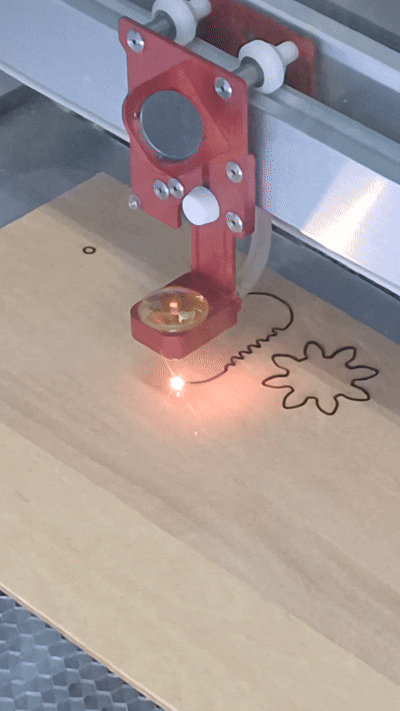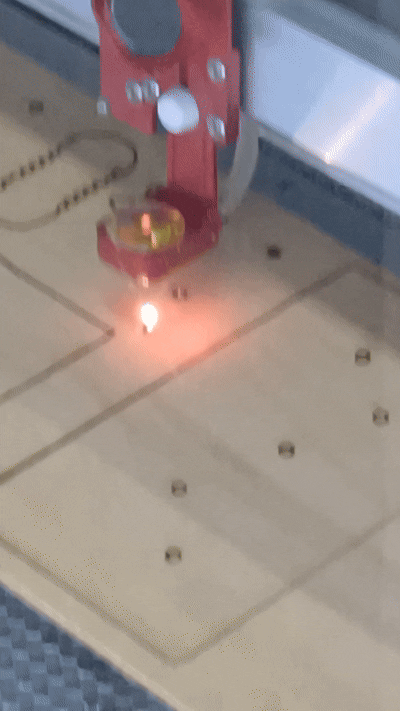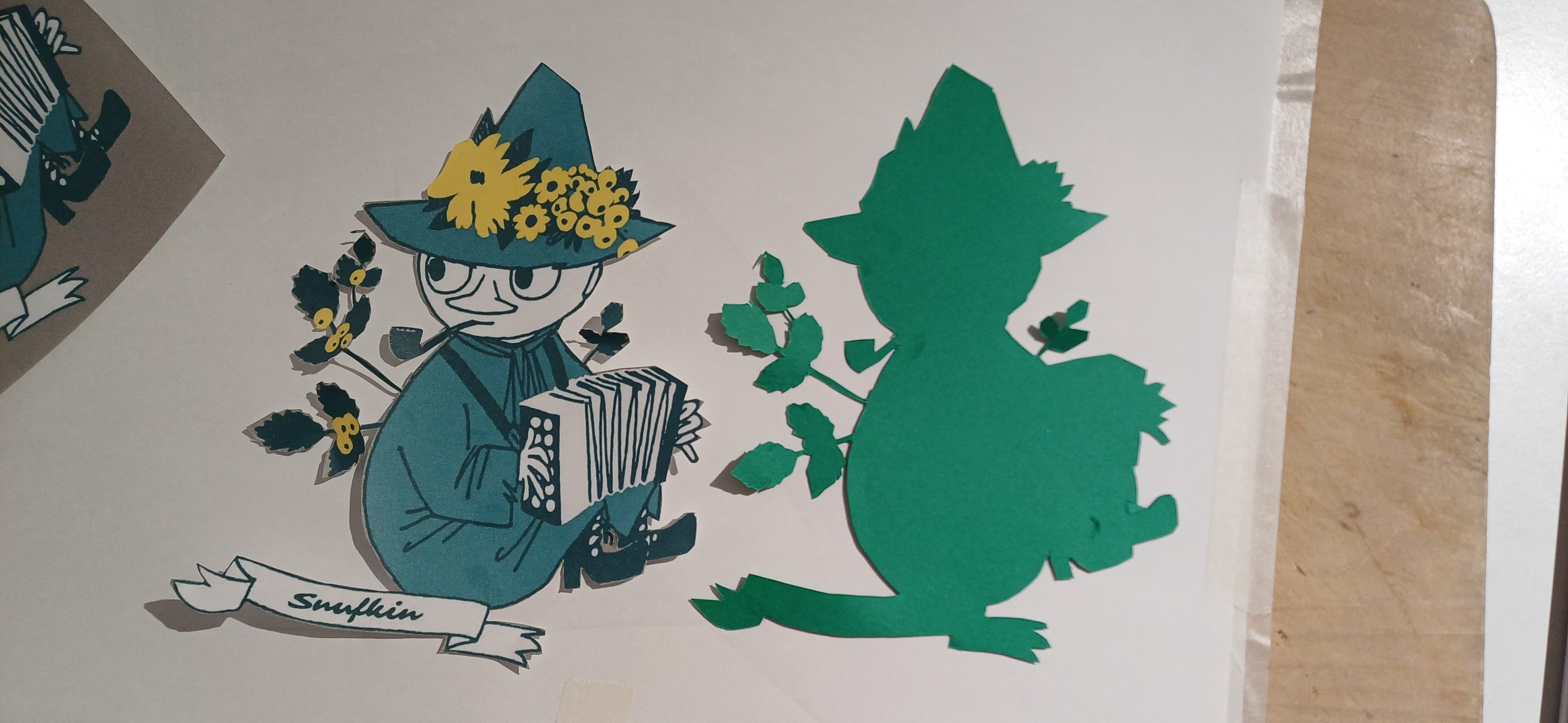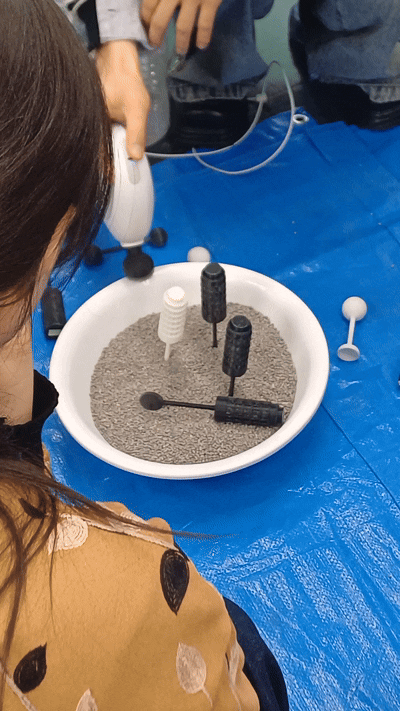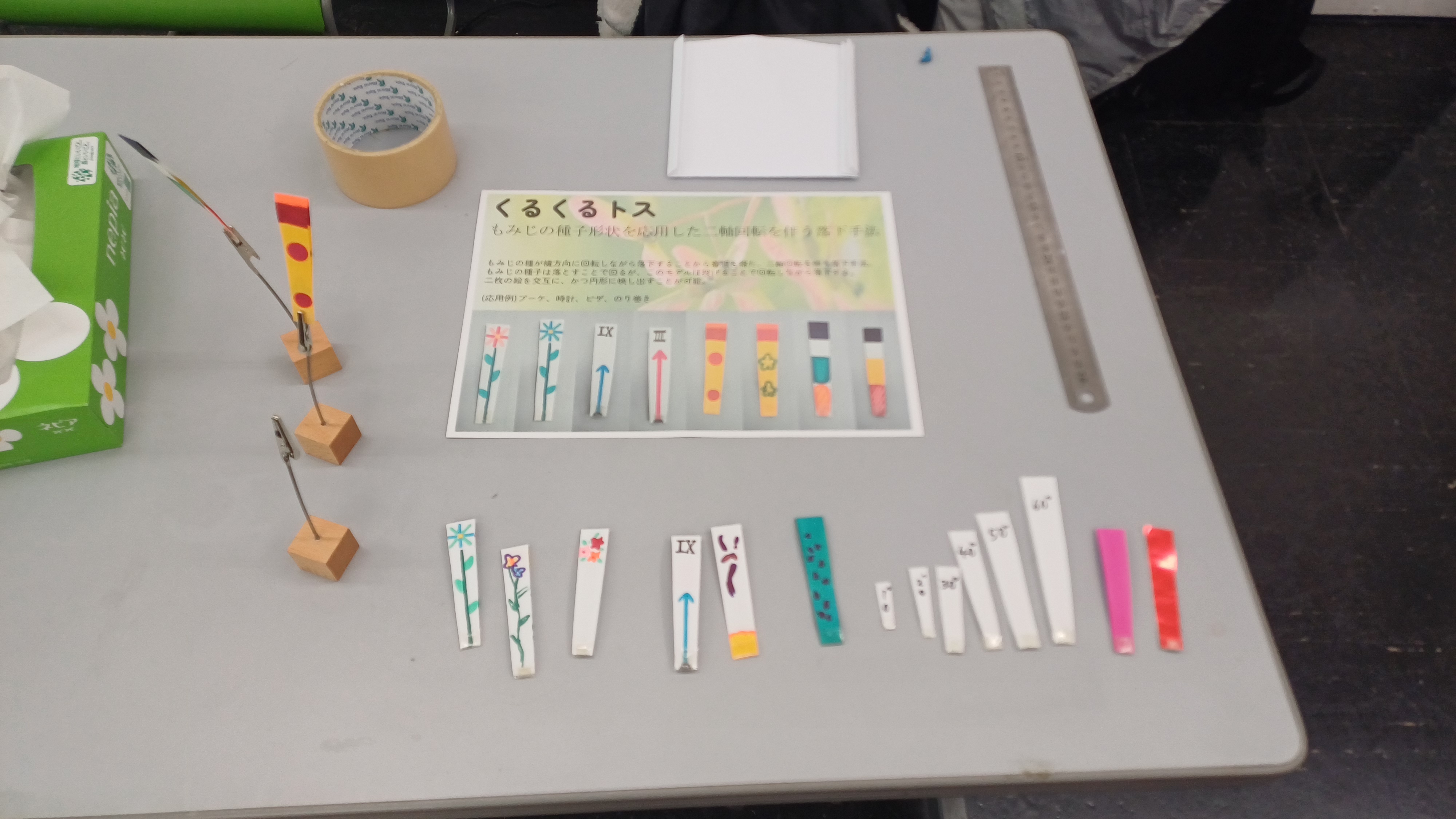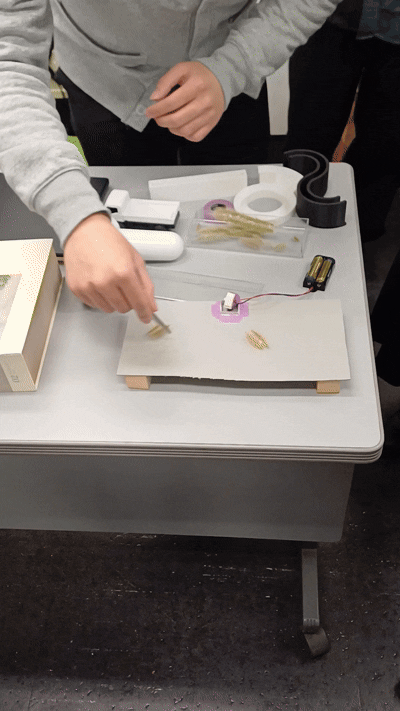Everyday humans
This was the Human Media Technology Study course and seminar of the Department of Intermedia Studies programme at Waseda Univeristy, Tokyo.
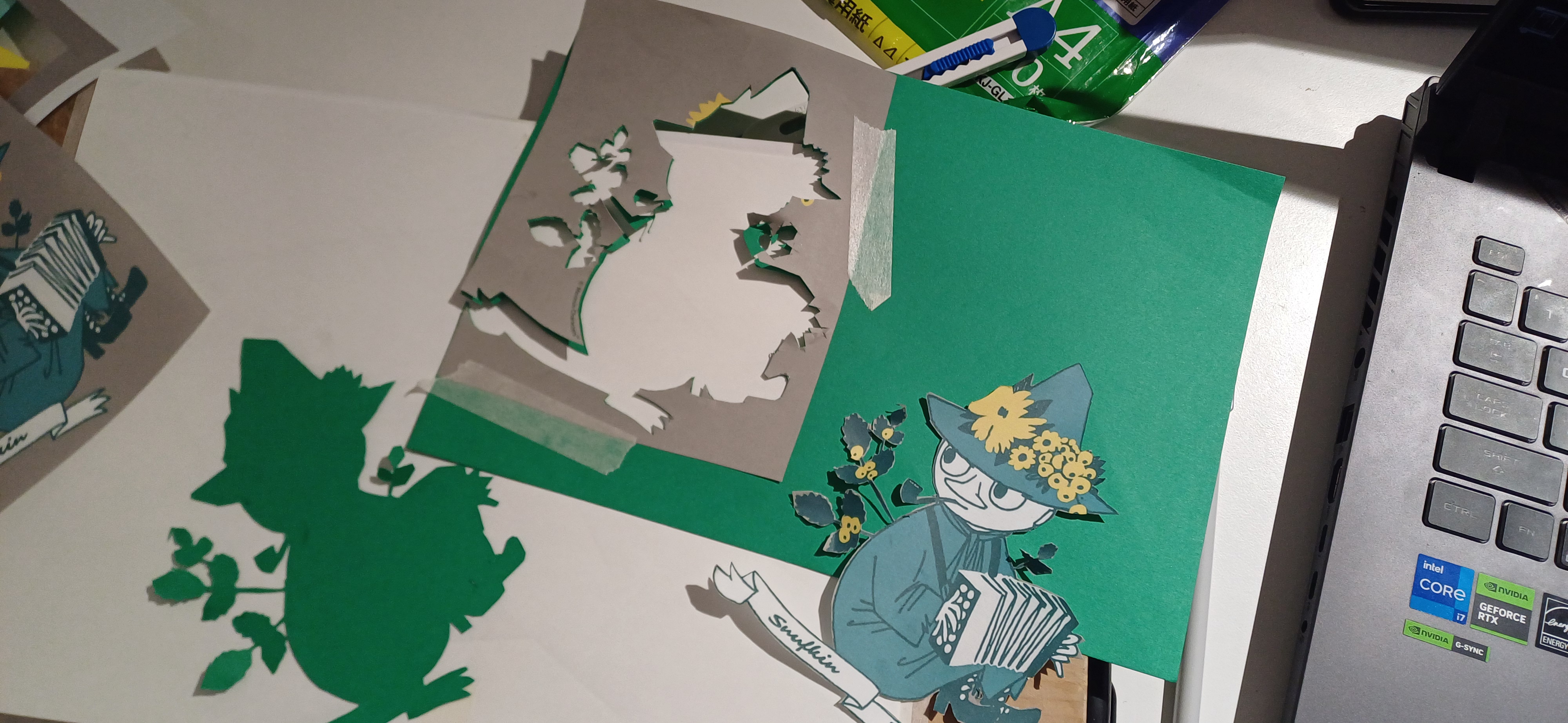
This study course focused on gaining a deeper understanding of how we can be influenced by the various things around us, such as nature, objects and scientific concepts. We explored how these types of items, even when seemingly vague or ordinary, can spark ideas and lead to innovation.
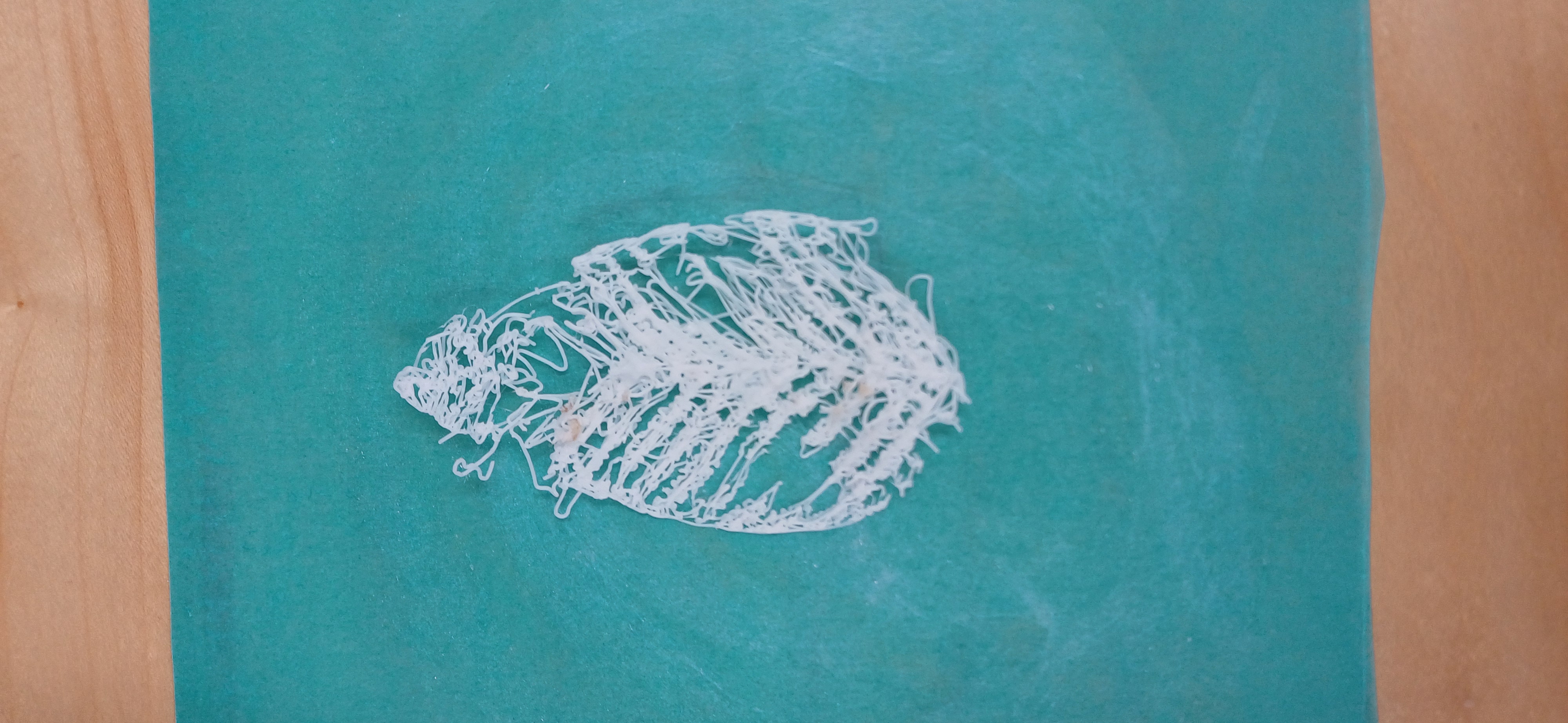 The course encouraged us to look more closely at everyday objects and routines, and to consider how they could be applied differently. For example, while the primary function of a lamp is to provide light, many people use lamps to hang decorations. This principle of rethinking and repurposing can be applied to many other objects in our daily lives.
The course encouraged us to look more closely at everyday objects and routines, and to consider how they could be applied differently. For example, while the primary function of a lamp is to provide light, many people use lamps to hang decorations. This principle of rethinking and repurposing can be applied to many other objects in our daily lives.
Extending upon the Human Technology course, this follow-up seminar focused on applying theoretical knowledge in a more practical context. I explored various materials and how they could be used to create installations. For example, I examined leaf-closing plants and considered how their movements could be emulated using hue-changing paper or simple mechanical systems. Using a 3D printer and experimenting with different materials, I was able to test what methods might best replicate these natural movements.
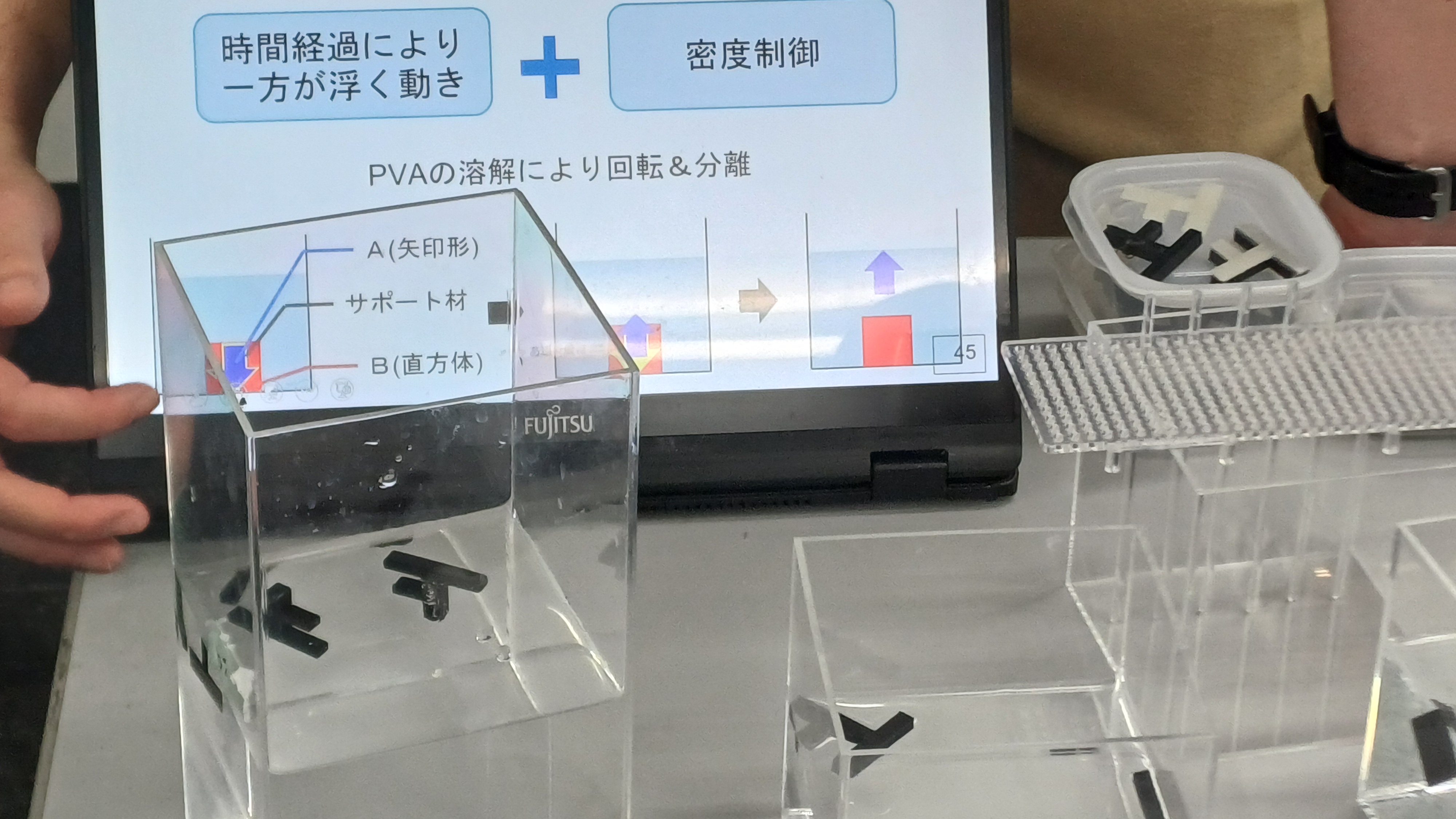 My classmates also explored scientific topics and expanded them into small-scale experiments. For instance, some investigated how the shape and material of objects can drastically affect their movement during an earthquake, while others explored how shapes of objects impact how they float. Another project examined how transparent sheets, when angled correctly, can produce light and create optically three-dimensional shapes.
My classmates also explored scientific topics and expanded them into small-scale experiments. For instance, some investigated how the shape and material of objects can drastically affect their movement during an earthquake, while others explored how shapes of objects impact how they float. Another project examined how transparent sheets, when angled correctly, can produce light and create optically three-dimensional shapes.
These experiments demonstrated how scientific principles and materials can be used creatively and innovatively, whether for practical applications or as part of artistic installations.
Media
